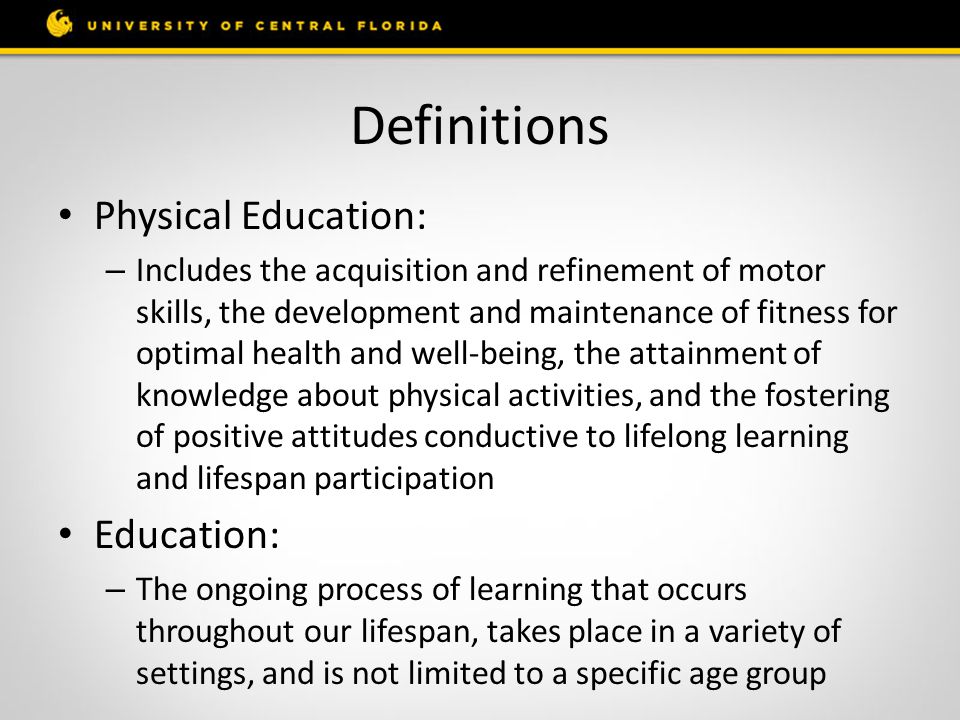Yoga has gained increasing recognition as an effective complementary therapy in health care. The practice of yoga involves physical postures, breathing techniques, and meditation that help to promote overall well-being and reduce stress. Here are some ways in which yoga works in health care:
- Physical Benefits: Yoga can help to improve physical health by increasing flexibility, strength, and balance. The physical postures, or asanas, help to stretch and strengthen muscles, increase joint mobility, and improve overall posture. This can be particularly helpful for people with chronic conditions such as arthritis or back pain.
- Mental Health Benefits: Yoga can help to improve mental health by reducing stress and anxiety, improving mood, and increasing feelings of well-being. The breathing techniques, or pranayama, can help to calm the mind and reduce feelings of anxiety, while meditation can help to promote relaxation and reduce stress.
- Management of Chronic Conditions: Yoga can be helpful in managing chronic health conditions such as heart disease, diabetes, and chronic pain. Regular yoga practice has been shown to improve cardiovascular health, reduce blood pressure, and lower blood sugar levels. Additionally, yoga can be an effective way to manage chronic pain by reducing inflammation and improving range of motion.
- Support for Cancer Patients: Yoga has been shown to be beneficial for cancer patients in managing symptoms such as pain, fatigue, and anxiety. Yoga can help to improve overall quality of life and provide a sense of empowerment for those undergoing cancer treatment.
- Integration with Traditional Health Care: Yoga can be integrated with traditional health care to provide a holistic approach to treatment. Yoga can be used alongside medication and other therapies to help manage chronic conditions and improve overall well-being.

Overall, the practice of yoga can provide numerous benefits for physical and mental health. As a complementary therapy, yoga can be an effective way to support traditional health care and provide a holistic approach to treatment. It is important to consult with a healthcare provider before starting a yoga practice, particularly if you have any pre-existing health conditions or injuries.



